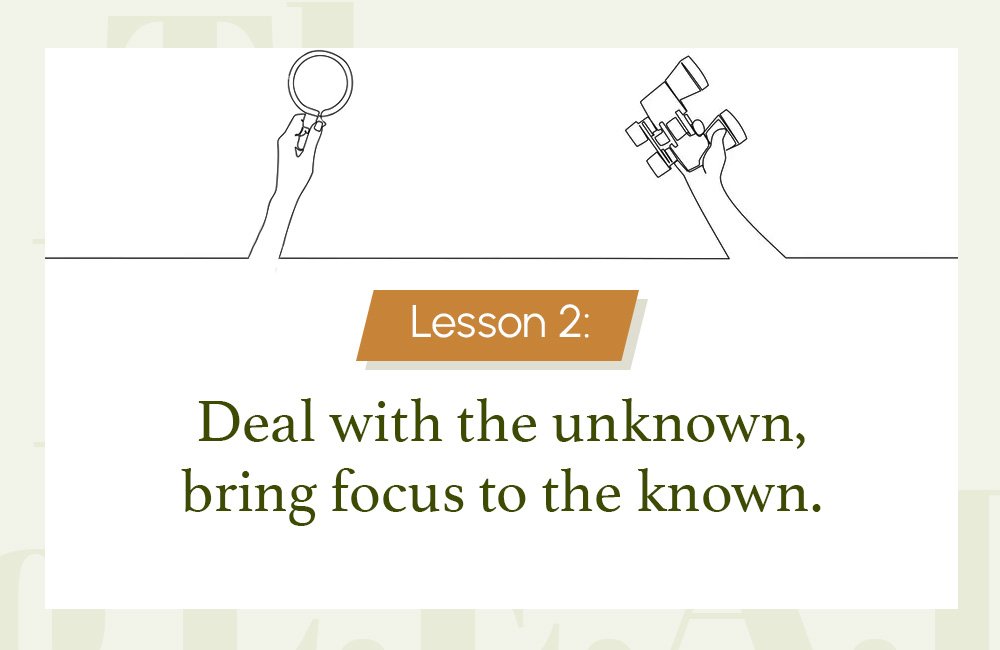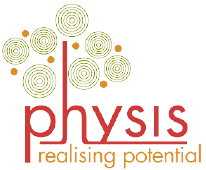Clear go-to mantras that makes a leader great and powerful. They motivate, provide direction and return us to balance.
The two years of the pandemic have created a new world of doing and beingness. Having some go-to practices or mantras allows leaders to tide over these times of challenge, uncertainty and dipping motivation in teams to emerge as the best leader. So what makes a successful and a great leader? What makes the leadership great?
Plug into your power source

“Ajay couldn’t breathe. He was all alone in his car. He felt he wouldn’t make it. He grabbed his phone to make a call to his wife but the battery was critically low. He had left his charger behind. His panic increased and he wished that he had made time to charge it during the day…but he hadn’t!”
Ajay is the founder of a fast-growing start-up that makes healthy snacks. The business grew exponentially during the pandemic even as it became more complex to get quality ingredients and run the manufacturing unit to keep up with the demand. This meant even more pressure on Ajay as he had never dealt with such complexity. This entire day he was on long calls with his investors who weren’t happy with the lost opportunities. Ajay’s next round of funding was at stake.”
There are so many leaders like Ajay who are challenged to give everything they have to their work. After all, success is still largely measured only by results.
Isn’t it a good time to check-in and see if our personal battery is low or fully charged? Like our phone battery, it needs daily replenishment so we can bring our best self to our work and relationships.
Power sources are significant as both time and we are finite! More importantly, the pandemic has depleted our energies and plugging into this source is even more vital.
Power sources are for
- Rest and renewal
- Creation of open spaces of no activity — ideas emerge here
- Protection against burnout which is known to creep in quietly
- Good health, which is a leader’s responsibility to their self, family and their organisation
- Energy to move into the new with ambition and purpose
Power sources are many — satisfying social and family relationships, hobbies, physical fitness, spiritual pursuits, being in nature and creating a purpose-driven life.
Leaders who mistakenly think that results and actions are the core of their lives will not have the energy to continue riding the tough wave of volatility that the pandemic has brought on.
Results and actions can never be a power source. It is the outcome of being plugged into a source. If your source is unclear, do get yourself a coach and build the habits needed to connect to your source. After all who better to motivate a team than a happy leader.
What are some simple ideas to L.E.A.D. and plug into your power source?
L: List ONE thing you LOVED about your day and email it to yourself before you sleep.
E: ENERGISE yourself intentionally everyday with ONE thing that you love – music, watching a fun video, walking in nature.
A: ALLOW yourself permission to fail at least ONCE every day and acknowledge yourself for trying by journaling about the lesson learnt.
D: DESIGN each day such that you FIRST make room for the big rocks in your life so that you feel fulfilled achieving a few worthwhile tasks daily.
Deal with the unknown, bring focus to the known

“Ritu is the CEO of an automobile MNC operating out of India. She saw her supply chain and demand both crash without notice as the pandemic-induced lockdowns began. The competitive pressure was already high. The board was not happy with the 10% loss in market share in the last 3 years in any case. Ritu’s business had a lot of moving parts that had to function like clockwork to give her employees and customers confidence in the brand once again. She was in a dilemma whether to invest in long term business transformation or take a few quick measures now. The uncertainty of the situation was causing decision paralysis and Ritu felt like a sword was hanging over her head.”
Leaders today have the tough task of taking time-sensitive decisions with never-seen-before ambiguity and uncertainty. The stakes are high as disruption is coming from challenger brands and traditional competitors who have proven to be nimble in adapting to the changing landscape.
Many of us have grown up and worked in scenarios where “knowing” and “showing up as all-knowing” was applauded as there was a premium on clarity. We have built the muscle of needing to know and being clear always. So much so that when leaders are unclear, they scramble for inputs, pretend or get stoic. They mostly exercise their brain muscle as that is what western systems of education emphasise.
Otto Scharmer’s work on “Theory U — Leading from the Future” informs us otherwise. There is a great emphasis on getting comfortable with not knowing, including the wisdom of the body, senses, gut and inherent collective wisdom.
Leaders need to put themselves intentionally into spaces of ambiguity where they experience the need to sense and move in the moment. This muscle works in two ways — developing an external and an internal antenna.
- The external antenna senses around us — people, data, environment, news, conversations.
- The internal antenna senses our inner chatter, feelings, body sensations, gut wisdom and wisdom of the collective energy. The body is the tool and the container.
Experiences that renew our senses, train the body in higher somatic awareness and build our here-and-now sensing and moving capabilities are a great place of learning. We can access these through meditative states, outdoor activity, martial arts and putting ourselves in learning experiences where all is new. Leaders can aspire to embody this way of being.
What are some other ideas to L.E.A.D. and become comfortable with ambiguity and uncertainty in the workplace?
L: LEVERAGE talent judiciously by creating a core group who takes care of transformation by looking into the key future trends (Team Binoculars) and another who is tasked with winning in the “here and now” (Team Magnifying Glass). Guide both teams with your heightened sense of dealing with the unknown as you practise thriving in it.
E: EAR TO THE GROUND is a must to know how engaged the employees are, how consumer preferences are changing and who could take your share of the consumer’s wallet.
A: AGILE is no longer a buzz word but a mind-set and skill-set that can be acquired to keep ahead of the market.
D: DIVE into the zone of “not knowing” with the humility to learn, change your mind when you encounter a better idea and demonstrate the courage to decide with limited information.
Communicate to connect

“Ahmed had been at the helm of his family-owned enterprise for the last 20 years. He had been successful in converting the small garment factory started by his father into a market leader within the textile industry in less than two decades. As a well-respected industry tycoon, he wasn’t able to digest the fact that many of his leaders had moved to the more modern firms competing with him and the HR team was finding it tough to find their replacements. He used to take pride in his ‘management by walking around’ style as that allowed him to keep control over his employees. This was the time he needed his leaders and he was almost alone. A sudden change in the Government’s taxation policy was threatening to reduce the firm’s profit margin as well. Inflation was further impacting the input costs and the final blow was caused by the pandemic. Several buyers canceled orders and all he could do was watch with despair. He had nightmares not knowing what his employees were really up to when they were supposedly working from home. He felt stressed and overwhelmed looking at how he would manage the transition to creating a new age organisation where everything seemed so different as compared to what he was used to.”
What brought an organisation glory in the past is not guaranteed to enable a winning future. Organisational dynamics are changing quickly as millennials and Gen Z are starting to grow in numbers in the workforce. Customers are spoilt for choice and brand loyalty is lower than ever before. Leaders who are not in tune with what the future of work will look like and how customer journeys are evolving will struggle.
Leading through connection is significant for leaders in any business. While we are well aware that teams need to understand vision and mission to be motivated and deliver, now it is imperative that teams need relational connection too. A leader’s capacity for relational intelligence is what can make a group of people a team.
Leaders’ capacity for daring and caring conversations, making the time to connect to what their teams care about and Simon Sinek’s famous golden circle of “why“ forms the basis of developing “shared purpose and shared goals”. When there is misalignment and all are not rowing in the same direction, there is a big impact!
A leader’s capacity to lead keeping connection at the core of their style also influences overall organisational culture building as it is their team of leaders that embodies positive culture behaviours and carries it across to the rest of the organisation.
Empathy, which has been a buzzword so far, is non-discretionary in these times. Empathetic leadership, in the context of the needs of the team and clients, influences every aspect of communication design, product and service design more than ever.
Connection is enhanced by making time just to chat apart from “business as usual” meetings. Learning to get comfortable with the personal and the vulnerable aspects of our human life and sharing these aspects allows teams to stay in their humanness. This is trust-enhancing and settling instead of unsettling. We are wired emotionally to feel a sense of belonging and comfort when we are in the midst of conversations that have the flavour of empathy.
What are some ideas to L.E.A.D. in the contemporary, ever-changing world that make leaders great and their leadership qualities much accepted?
L: LISTEN more than “instruct”! Employees crave a genuine, empathetic connection and even more so in the virtual world.
E: ENGAGE with employees as partners in creating success by aligning all around a common purpose and making them feel like their contribution matters.
A: ALIGN policies and processes to reflect the needs of a hybrid model of work that’s better suited to the aspirations of employees, especially in this time of uncertainty.
D: DEMONSTRATE clarity about where the organisation is going, share the situation with honesty and be transparent about the challenges faced by the organisation.
We believe these three go-to ideas, mantras, will be a source of renewal, stability and resilience to leaders as they bravely lead their teams and organisations through this year and beyond cementing their place as a great leader.


